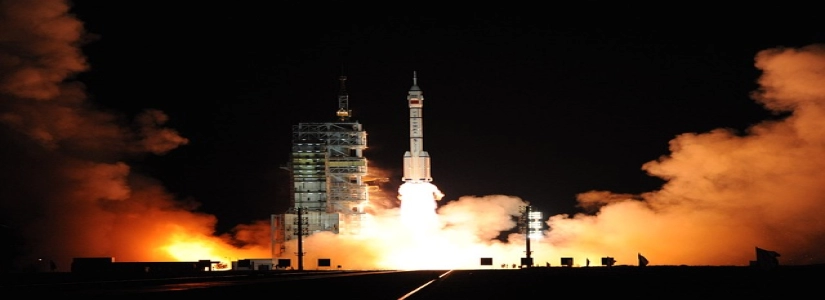舆情监测 英语
Public Opinion Monitoring
I. Introduction
A. Definition of Public Opinion Monitoring
1. Public opinion refers to the attitudes, beliefs, and views held by the general public on various issues.
2. Public opinion monitoring involves the systematic collection, analysis, and interpretation of public sentiment towards specific individuals, organizations, or topics.
II. Importance of Public Opinion Monitoring
A. Helps organizations understand public sentiment
1. Allows organizations to gauge public perception of their products, services, or actions.
2. Assists in identifying potential issues or concerns that may arise in the future.
B. Enables decision-making based on public sentiment
1. Allows organizations to make informed decisions, taking into account public opinion.
2. Helps in formulating strategies that align with public sentiment, leading to increased credibility and support.
III. Process of Public Opinion Monitoring
A. Data Collection
1. Monitoring various sources like social media, news outlets, blogs, and forums to collect public opinions.
2. Utilizing automated tools and sentiment analysis algorithms to process large volumes of data efficiently.
B. Data Analysis
1. Classifying public opinions into positive, negative, or neutral categories.
2. Identifying significant trends and patterns in public sentiment.
C. Interpretation and Reporting
1. Extracting insights from the analyzed data.
2. Preparing comprehensive reports to inform decision-makers.
IV. Benefits of Public Opinion Monitoring
A. Crisis Management
1. Enables quick response to negative sentiment and public backlash.
2. Helps in identifying potential crises before they escalate.
B. Reputation Management
1. Allows organizations to maintain a positive image by addressing concerns and issues raised by the public.
2. Assists in building trust and credibility among stakeholders.
C. Strategy Development
1. Allows organizations to tailor their strategies according to public sentiments, improving effectiveness.
2. Helps in identifying opportunities and potential areas for growth.
V. Challenges in Public Opinion Monitoring
A. Data Overload
1. Massive amount of data to analyze can be overwhelming and time-consuming.
2. Requires efficient data management and processing techniques.
B. Bias and Misinterpretation
1. Automated tools may not accurately identify sarcasm or nuanced opinions.
2. Human interpretation is crucial to avoid misrepresentation of public sentiment.
VI. Conclusion
Public opinion monitoring is a vital tool for organizations to understand and respond to public sentiment effectively. By collecting, analyzing, and interpreting public opinions, organizations can make informed decisions, manage crises, and build a positive reputation. Though challenges exist, advancements in technology and human interpretation are overcoming these hurdles, making public opinion monitoring an indispensable practice in today’s digital age.








